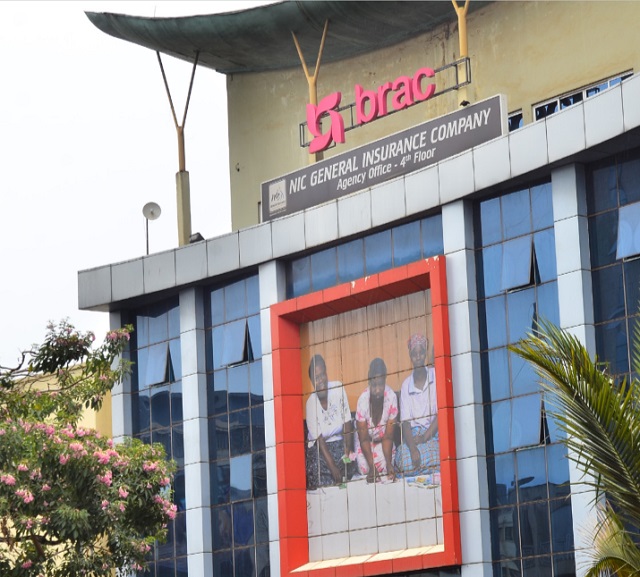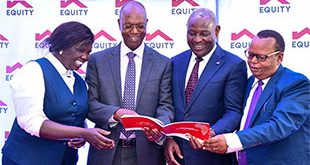
The lender records a 21% drop in net profit to Shs 17.2bn in 2018 owed to increased expenditure
Kampala, Uganda | ISAAC KHISA | BRAC, one of the largest microfinance providers in Uganda, has become middle-sized commercial bank also known as a Tier II credit institution, paving way for its customers to deposit and open savings accounts.
The lender rolled out its operation on April 25, with one of its branches located on Kampala Road, upon getting a go-ahead from the industry regulator, Bank of Uganda.
Jimmy Adiga, the chief executive officer at BRAC Uganda Bank Ltd told his guests during the bank launch at the Kampala Serena Hotel the organisation’s transition into a bank will allow it drive more impactful financial inclusion.
“Our clients can now have the confidence and trust of saving at a formal institution, a critical component that ensures resilience for low-income households in times of social or economic shocks,” he said.
He said the bank will boost agricultural production and market systems through availing loans to traders and farmers, ultimately improving the lives of the population.
He revealed that the credit institution will also introduce bancasurance and money transfer services and thus widening its business opportunities.
This new development is expected to tighten competition in the Tier II credit category currently dominated by Post Bank, Opportunity Bank, Mercantile Credit Bank Ltd and Top Finance Bank.
Nathalie Gabala, who represented institutional investors – Equator Capital Partners, DEG and Triple Jump which own a combined 51% shareholding in BRAC Uganda Bank Ltd, said they are ready to help the credit institution to grow especially in the development of new products and rolling out internet enabled services.
Mackey Aumo, director in charge of national payments in the central bank, said the BRAC has entered the banking industry at the right and that it should leverage on the recent reforms to in the sector to deepen financial inclusion.
“You (BRAC Uganda Bank Ltd) are coming in the right time, when many good reforms have taken place such as the amended Financial Institutions Act 2016 under which Tier II institutions are recognised as banks,” he said.
“The licence you have also allows you to do agent banking and have partners of issuers of electronic money. You are therefore coming at the time when the sector is taking a new direction of growth.”
BRAC started in 1972 as a limited relief operation in a remote village in Bangladesh. In 2002, it expanded into Afghanistan and currently has affiliate in 13 countries with a focus on Asia and Africa.
In Uganda, BRAC has been working since 2006 to advance women’s empowerment, provide education for children and adolescent girls, address gender-based violence issues, improve livelihoods and skills for smallholder farmers and support people to lift themselves out of abject poverty.
Two years later, it opened a separate entity, BRAC Microfinance Ltd, a Tier IV financial institution as a credit only Non-Governmental Organisations serving mainly the rural households.
Currently, the lender covers 86 districts, with 163 outlets and 270,000 customers countrywide.
The company has also been working with 105 schools and awarded 5,600 scholarships to students countrywide.
Profitability
Though the BRAC has recorded consistent growth in profits, 2017 wasn’t a good year.
Latest financial results shows that the lender recorded a 20% decline in net profit to Shs 17.2bn due to increased operational expenditure.
BRAC total expenditure on operations increased from Shs 56.9bn in 2017 to Shs66.9bn bn in 2018. Provision of bad and doubtful debts reduced from Shs 5.2bn to Shs3.4bn during the same period under review.
However, the entity’s asset increased from Shs 202.2bn to Shs243.3bn during the period under review signalling its ability to meet all the expenses.
****
 The Independent Uganda: You get the Truth we Pay the Price
The Independent Uganda: You get the Truth we Pay the Price



